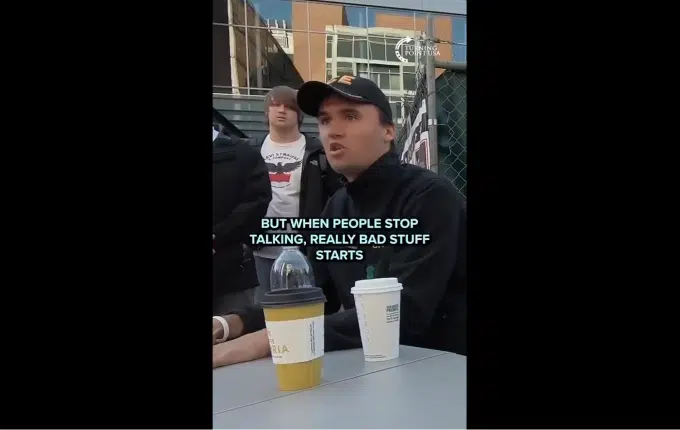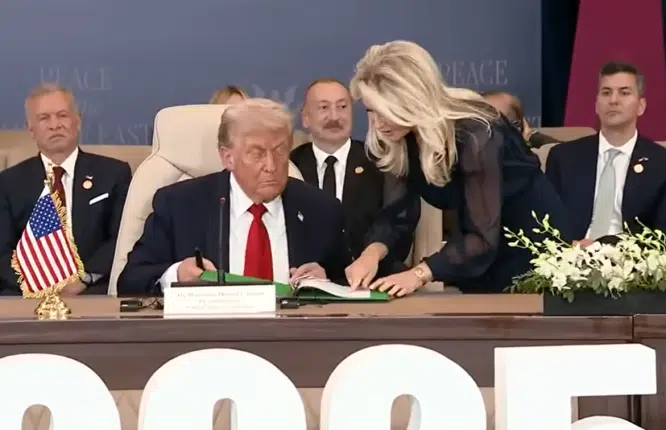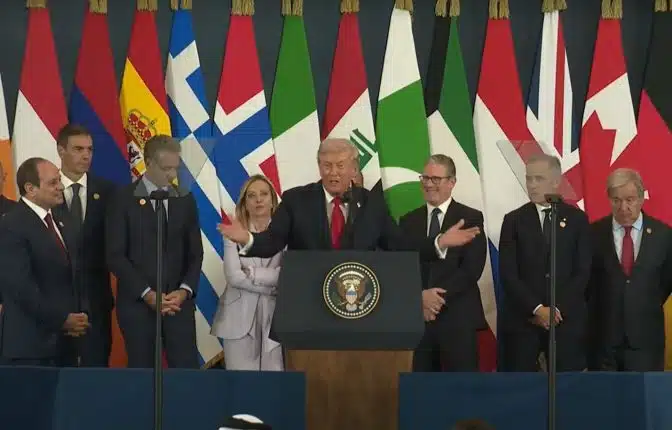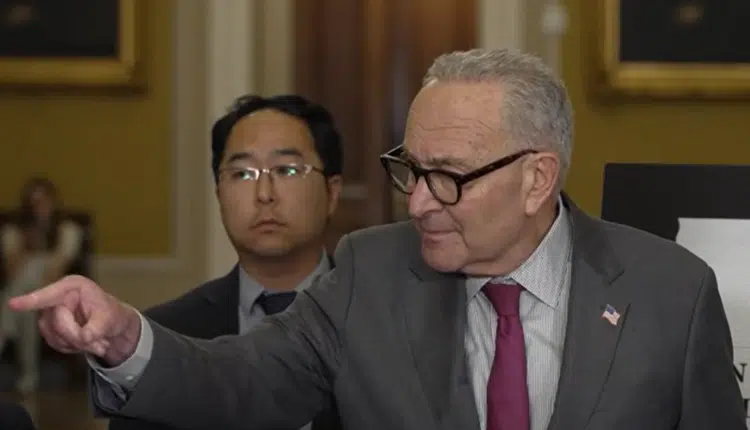By a vote of 96-0, the U.S. Senate has passed a $2.2 trillion legislative package, by far the largest in U.S. history, to keep tens of millions of Americans on payroll and expand unemployment benefits to those who are laid off while the country waits out the deadly Chinese coronavirus that poses additional risk to seniors and those with underlying conditions.
That way, when the virus passes, those businesses, particularly the 30 million small businesses that are struggling most of all right now, but also critical industries, will be able to rapidly reopen and we can get back to our lives.
President Donald Trump has offered April 12, Easter Sunday, as a national goal to begin reopening what he says are “sections” of the country where the outbreak is not so bad. Every state for the moment has effectively shut down their schools, creating a daycare problem for tens of millions of parents, many of whom are temporarily working from home or are furloughed.
To get the economy reopened, President Trump and his administration will have to work with governors in all 50 states, who have 50 different plans about how long everything should remain closed:
|
Schools closed until April 6 Schools closed until May 1 Schools closed until April 17 Schools closed until April 10 Schools closed until April 17 Schools closed until April 20 Schools closed through May 15 Schools closed until April 15 Schools closed until March 31 Schools closed until April 30 Schools closed until April 20 Schools closed until March 30 Schools closed until May 1 Schools closed until April 24 Schools closed for school year Schools closed until April 20 Schools closed until April 13 Schools closed until April 24 Schools closed until May 1 Schools closed until April 6 Schools closed until May 4 Schools closed until April 17 Schools closed through April 10 Schools closed until April 6 Schools closed through April 3 Schools closed indefinitely Schools closed until April 6 Schools closed until April 1 Schools closed until May 15 Schools closed until May 1 Schools closed through April 3 Schools closed for school year Schools closed until April 28 Schools closed until April 9 Schools until April 3 Schools closed until May 1 Schools closed until May 1 Schools closed until May 1 Schools closed until April 24 Schools closed until April 3 Schools closed until April 6 Schools closed for school year Schools closed until April 24 Schools closed April 20 Schools closed until April 24 Schools closed until April 6 |
So, when it comes to reopening the economy, the first thing to do would be to reopen the schools in some capacity. Parents are likely to take that as a cue from local authorities that it is safe to return to work.
As it is, many states are mulling over cancelling the remainder of the school year, which Kansas, Oklahoma and Virginia have already done. The more that do, likely the longer the recession we are in will last, because it will be that much longer that people stay home. That is because, again, if schools are closed due to public health concerns, individual families in localities are going to listen to their local authorities.
Adding a layer of complexity, many localities are extending closures even beyond what the states are ordering. For example, Chicago public schools will be closed until mid-April, while the guidance currently says March 30 for Illinois. New York City schools are closed until April 20, although the state guidance is for April 1.
That’s federalism.
Two decisions likely to weigh in favor of skipping the rest of the school year are President Trump’s decision to waive standardized testing requirements for states. It opens the door for states to take the additional steps of cancelling the tests, as many have already done, and potentially to cancel school until September.
And the Senate bill financially incentivizes states and businesses to remain in stasis until the virus passes.
That said, not even New York Democratic Gov. Andrew Cuomo has cancelled school for the rest of the year, at least not yet, saying that there is a “smarter” way to respond to the coronavirus without shutting down the entire state’s economy. New York far and away has the most coronavirus cases at the moment, but so far not so many that the hospitals are yet overwhelmed. He promised his state could be considered a template for other states to follow in terms of how to mitigate risk without shutting everything down.
At the end of the day, all the federal government can do is issue recommendations to the states to follow, and to ease travel restrictions when the President believes it is safe to do so. President Trump and his task force are setting the tone that many states will follow.
Real consideration should be given by the President and states to the potential lifelong consequences of cancelling education for the remainder of the school year for students, as well as the economic impacts of those closures. These must be weighed against the virus’ trajectory, the rate of infection, hospitalization and fatality.
When we get to day 15 of the President’s coronavirus guidelines, the task force has promised a better read on where the virus is and where it’s going to be.
It will be up to the President to coordinate with state governors responsible for the closures, and to come up with reasonable recommendations to help our schools and economy to be reopened as soon as possible.
Recommendations for each state for reopening should be criteria-based and geared towards how to reopen while keeping the elderly and those with preexisting conditions safe.
Perhaps if we get to mid-April or the beginning of May and there are no new cases, maybe we can call that summer vacation and reopen the schools to finish their school years, with perhaps a two-week interlude between grades in September.
As it is, every state has closed their schools, and so long as that is the case, the country and the economy will largely remain on standby and the longer the recession we are in will last. Stay tuned.
Robert Romano is the Vice President of Public Policy at Americans for Limited Government.







